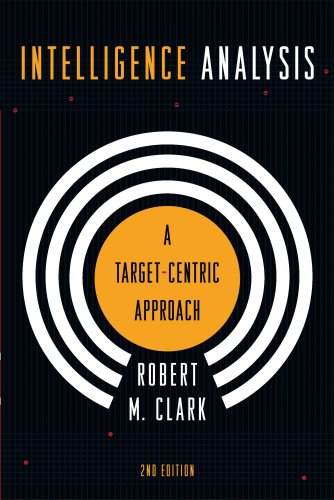
Top 5 Last-Minute Astronomy-Themed Halloween Costumes
Oh crap! It’s Halloween night and you don’t have a costume, because you’ve been inside doing astronomy all week! What should you do!? Never fear: Astrobites has got your back.

Oh crap! It’s Halloween night and you don’t have a costume, because you’ve been inside doing astronomy all week! What should you do!? Never fear: Astrobites has got your back.

The collapsar model of gamma ray burst production posits that a black hole forms at the center of the star and sucks in the rest of the star’s mass, but that the inner regions have sufficient angular momentum to form an accretion disk which then radiates some fraction of its power in the form of a relativistic jet of matter beaming out of the star. But what if it were the outer, not the inner, layers of the star that had most of the angular momentum? The answer is a very different sort of gamma-ray transient.
You have likely experienced analysis paralysis, though just as likely you have not heard it called by that name. It can be as simple as trying to buy laundry detergent at the supermarket or as complex as trying to publish a key piece of research. And it all stems from the basic fact that the human brain is bad at graph traversal.

Astronomy has a kindred cousin, a cool one who wears his sunglasses at night: intelligence analysis. I don’t just mean reconnaissance satellites, either; the process of astronomy, that of observing and drawing conclusions, is possibly the most similar of all the sciences to the process of intelligence gathering. Both fields deal with low signal-to-noise regimes that are based primarily on observation rather than experimentation. Both fields must continually account for errors and biases that could easily lead to false or falsely credited conclusions. And thus it behooves us as astronomers to learn from our cousins on the other side of the fence, who may not have been in the business quite as long or have quite as much ground to cover, but who certainly have a lot more pressure to produce results. That’s why today I’m going to be talking about Robert M. Clark’s key textbook Intelligence Analysis: A Target-Centric Approach, and what lessons it holds for you as a professional scientist.

The Fermi Large Area Telescope used a clever method of splitting electrons and positrons via the Earth’s magnetic field to show that there’s a significant excess of cosmic ray positrons at high energies – much more than can be explained using known cosmic ray processes.